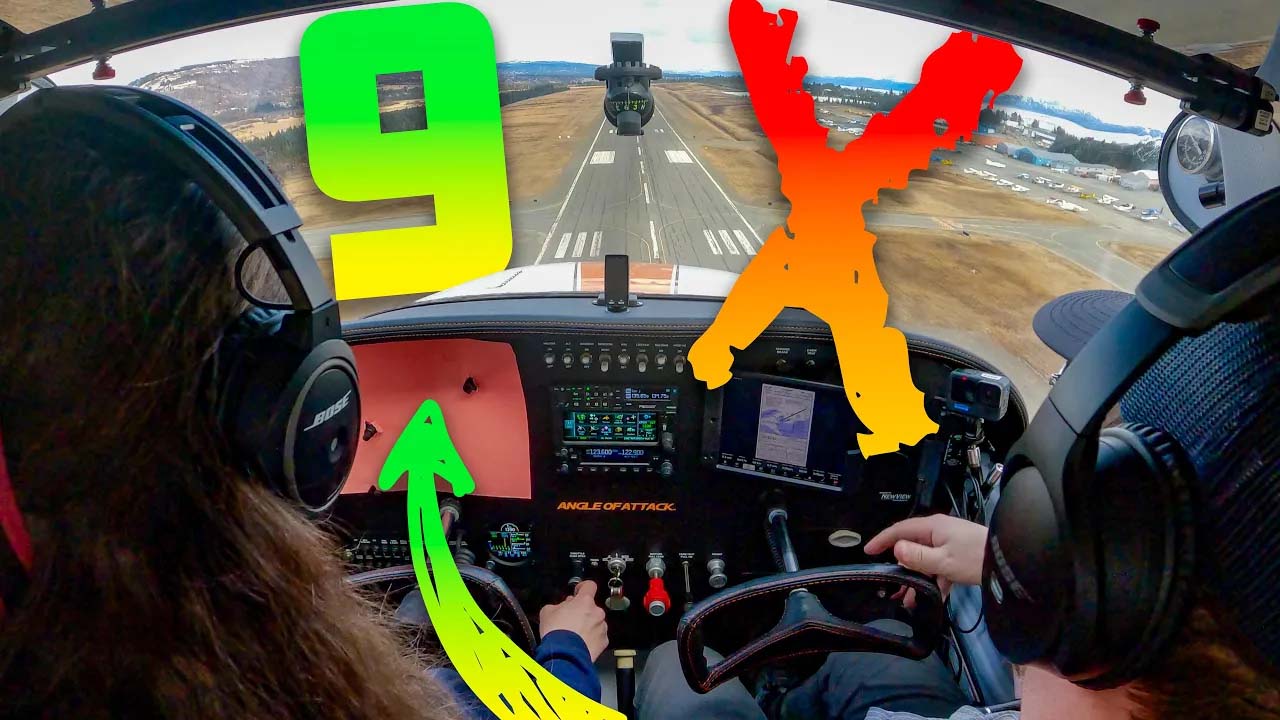Navigating Through General Aviation’s Diverse Aircraft Categories & Classes

General Aviation serves as the heartbeat of the aviation world, encompassing all non-commercial and non-military aviation activities. It presents a versatile array, each distinct in design, purpose, and capability. This article delves deeply into the various categories and classes within general aviation, exploring the functionalities, applications, and importance of each.
General Aviation Categories:
The world of General Aviation is diverse, with aircraft ranging from simple gliders to sophisticated business jets. The various categories of GA aircraft include:
Single-Engine Piston Aircraft:
Description: These aircraft are characterized by a single-piston engine driving a propeller, typically accommodating small numbers of passengers.
Example: Cessna 172, a versatile and widely used aircraft in flight training and personal use.
Applications: Ideal for flight training, recreational flying, personal transportation, and light utility work.
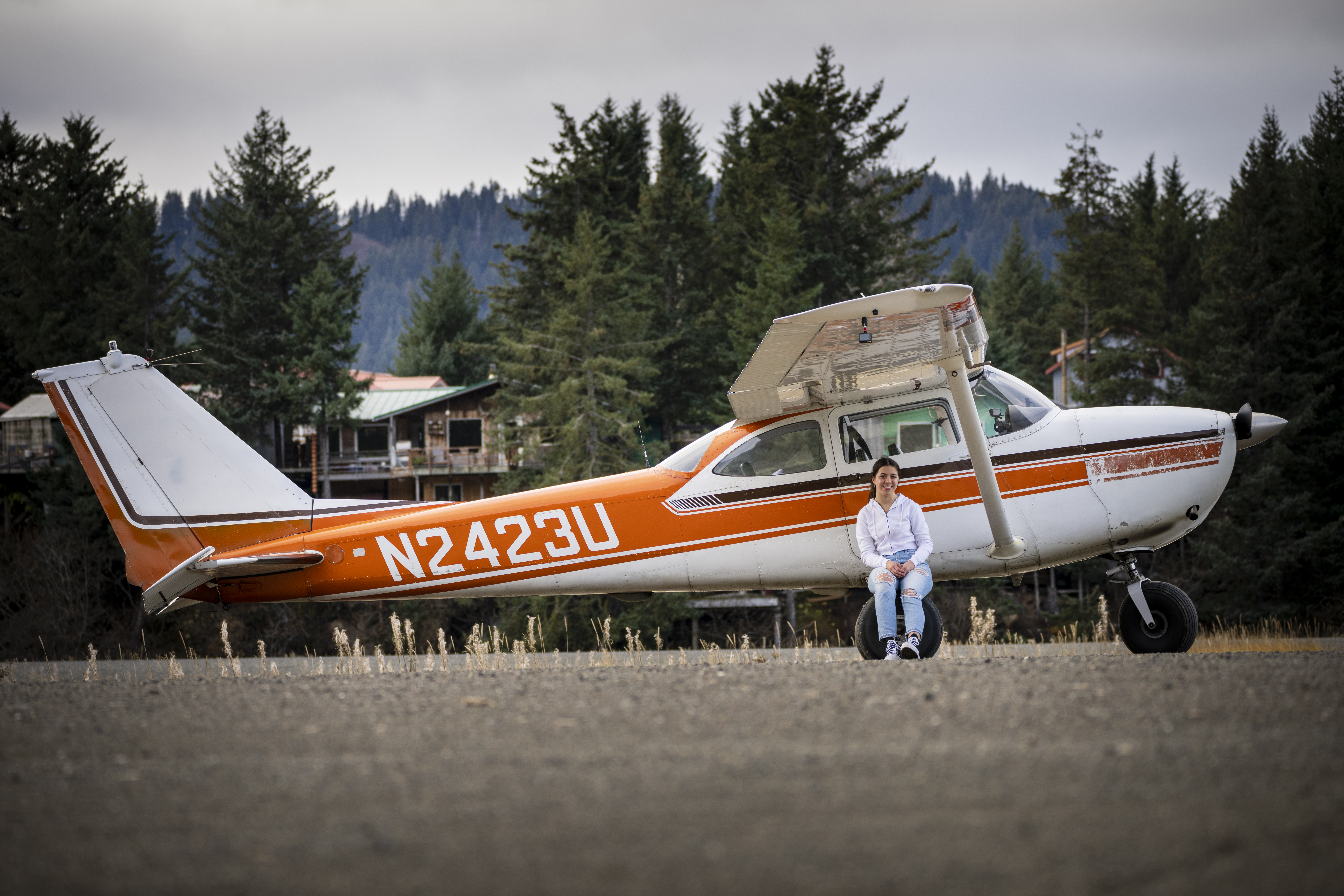
Multi-Engine Piston Aircraft:
Description: Featuring multiple piston engines, these aircraft offer enhanced performance, range, and load-carrying capabilities.
Example: Piper Navajo, known for its reliability and adaptability in various roles.
Applications: Suited for charter services, business travel, and advanced flight training
Turboprop Aircraft:
Description: Turboprops combine a gas turbine engine with a propeller, providing a balance of speed, range, and fuel efficiency.
Example: King Air series, renowned for its versatility and performance.
Applications: Varied, including regional transport, medical evacuation, and cargo operations.
Business Jets:
Description: These jets offer luxury, speed, and range, catering to corporate and VIP travel needs.
Example: Gulfstream G650, exemplifying luxury, with extensive range and advanced avionics.
Applications: Predominantly used for corporate travel, allowing for efficient and flexible travel schedules
Experimental Aircraft:
Description: This category includes aircraft built by individuals for personal use, allowing for customization and innovation.
Example: Van’s RV series, popular for their performance and adaptability.
Applications: Enthusiasts use them for recreation, sport, and exploration of new design concepts.
Utility Aircraft:
Description: Rugged and versatile, utility aircraft serve specialized roles and operate in challenging conditions.
Example: de Havilland Canada DHC-2 Beaver, valued for its reliability and versatility in remote areas.
Applications: Aerial work, including agriculture, firefighting, and supply drops to inaccessible regions.
Rotorcraft:
Description: Aircraft utilizing rotating blades to provide lift, offering vertical takeoff and landing capabilities.
Example: Robinson R44, a popular helicopter for training, news gathering, and law enforcement.
Applications: Emergency services, search and rescue, aerial surveying, and transportation to confined areas.
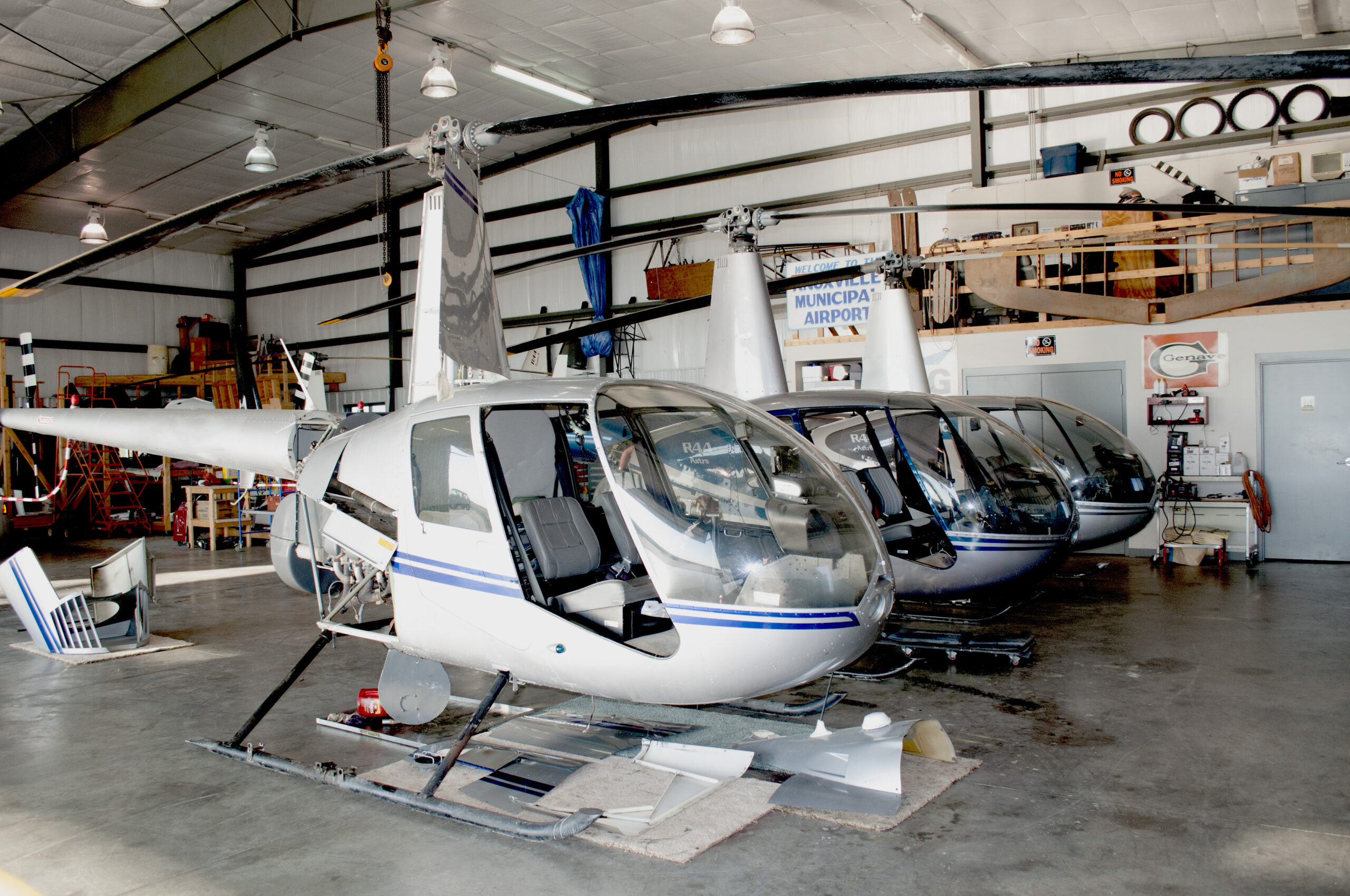
Light Sport Aircraft (LSA):
Description: Lightweight aircraft accommodating no more than two occupants, with restrictions on speed and complexity.
Example: Icon A5, an amphibious LSA designed for recreation and adventure.
Applications: Primarily used for recreation, sport, and flight training.
Gliders and Sailplanes:
Description: Engineless aircraft designed to glide after being towed aloft or launched from a catapult.
Example: Schleicher ASK 21, a widely used training sailplane.
Applications: Recreational gliding, soaring competitions, and flight training.
The Significance of Each Category:
Each GA category addresses unique needs and preferences within the aviation community. For instance Single and Multi-Engine Piston Aircraft provide accessibility and versatility, serving as entry points to aviation for budding pilots and enthusiasts. While Turboprops and Business Jets meet the demands of high-speed, long-range travel with enhanced comfort and amenities. Then Experimental and Light Sport Aircraft allow individuals to explore the realms of aviation innovation and recreation. Finally, Utility Aircraft and Rotorcraft play critical roles in specialized applications and services, reaching areas inaccessible by other means.
General Aviation, the wide-ranging and versatile segment of aviation, holds an expansive assortment of aircraft classes, each tailored to distinct purposes and functions. The Federal Aviation Administration (FAA) delineates General Aviation into specific classes as well, providing a structured framework for understanding the multifarious landscape of aircraft. Below, we delve into the various classes within General Aviation, exploring the unique attributes, uses, and significance of each, concluding with reflections on the holistic role of these classes within the aviation sector.
What are the Aircraft Classes in General Aviation?
General Aviation aircraft are categorized into several classes, each offering unique characteristics and serving specific needs.
Single-Engine Land Airplanes (SEL)
Description: Aircraft with a single engine and designed for land operations.
Example: Piper PA-28, known for its versatility and reliability.
Applications: Primarily used for personal flying, flight training, and light utility work, they are the backbone of General Aviation due to their simplicity and cost-effectiveness.
Multi-Engine Land Airplanes (MEL)
Description: Aircraft equipped with more than one engine and suited for land operations.
Example: Beechcraft Baron, valued for its speed and load-carrying capacity.
Applications: Suitable for business travel, cargo transportation, and advanced flight training, offering redundancy and increased performance.
Single-Engine Sea Airplanes (SES)
Description: Single-engine aircraft capable of water operations.
Example: Cessna 206 Stationair, adaptable to both land and water operations.
Applications: Utilized for charter services, search and rescue missions, and access to remote locations with water bodies.
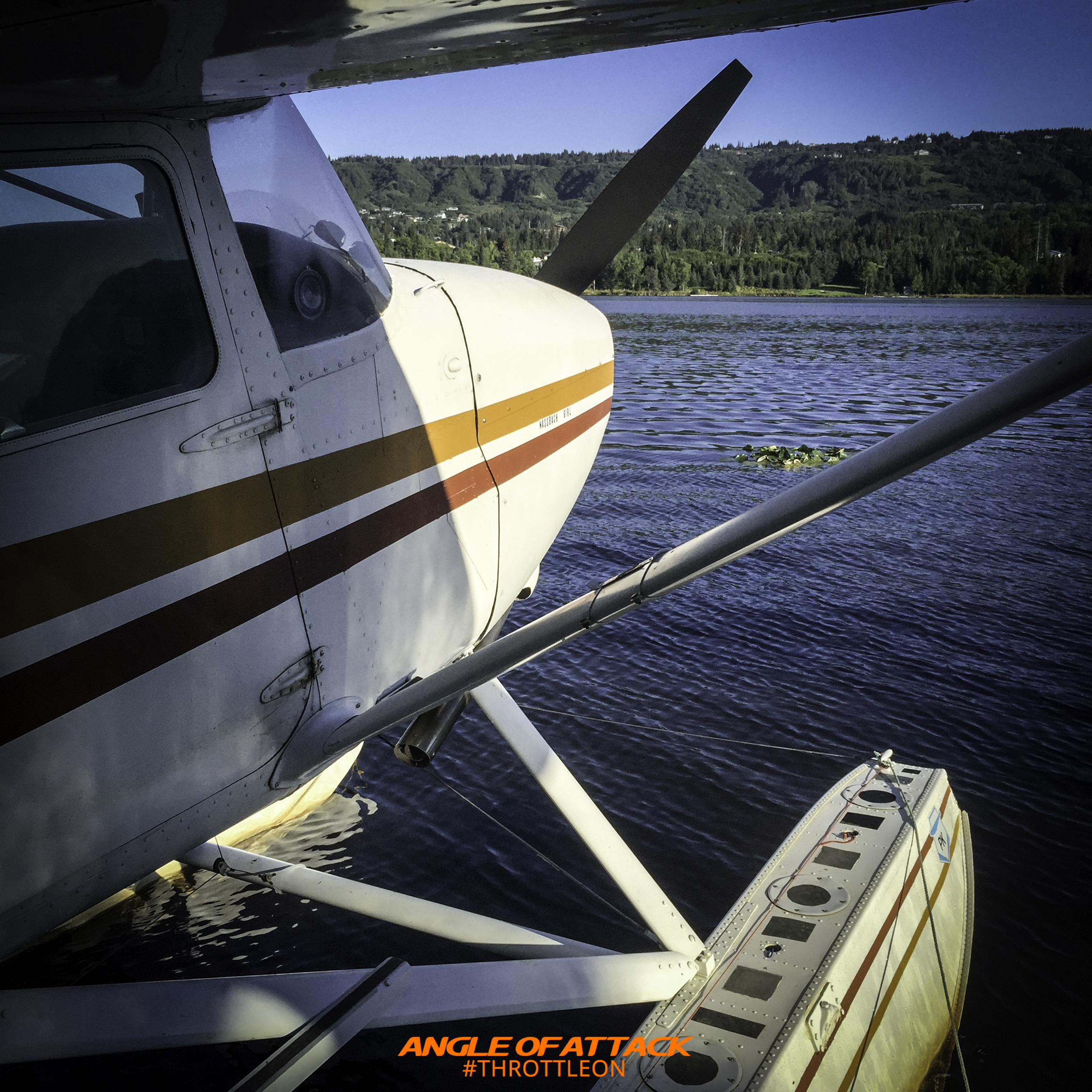
Multi-Engine Sea Airplanes (MES)
Description: Aircraft with multiple engines designed for water-based operations.
Example: Grumman G-21 Goose, known for its robustness and versatility.
Applications: Ideal for regional passenger services, cargo transport to isolated areas, and luxury travel.
Roles and Functions of the Classes
Enhanced Accessibility: SEL and LSA classes offer accessibility to aviation enthusiasts and aspiring pilots, serving as entry points to the world of flight.
Specialized Services: Rotorcraft and sea airplanes provide specialized services in inaccessible regions, performing critical roles in emergency response and regional connectivity.
Technological Innovation: Experimental and multi-engine classes act as incubators for technological advancements, pushing the boundaries of aeronautical design and functionality.
Recreational Engagement: Gliders and light sport aircraft classes facilitate recreational engagement with aviation, promoting the joy of flight and aeronautical knowledge.
The classes within General Aviation paint a diverse and dynamic tableau of aviation, each contributing unique tones to the symphonic dance of aircraft in the sky. From the humble single-engine land airplanes to the versatile rotorcraft, each class serves distinctive purposes, whether it be opening the doors to aviation for novices or providing crucial services in remote areas. The inherent diversity within these classes is a testament to the adaptability and expansive nature of General Aviation, addressing a myriad of needs, aspirations, and challenges faced by society.
General aviation offers a rich tapestry of aircraft categories, each distinct in its design philosophy, operational capability, and application spectrum. From the simplicity of gliders to the sophistication of business jets, each category of GA aircraft fulfills specific needs, catering to a diverse user base ranging from recreational flyers to corporate travelers.
In essence, the diverse categories and classes within general aviation collectively embody the spirit of exploration, innovation, and freedom intrinsic to the realm of flight, allowing humanity to experience the skies in myriad ways and continue its eternal quest to transcend boundaries and connect horizons. If you have any questions or would like more conversation, reach out to any of us at Angle of Attack.
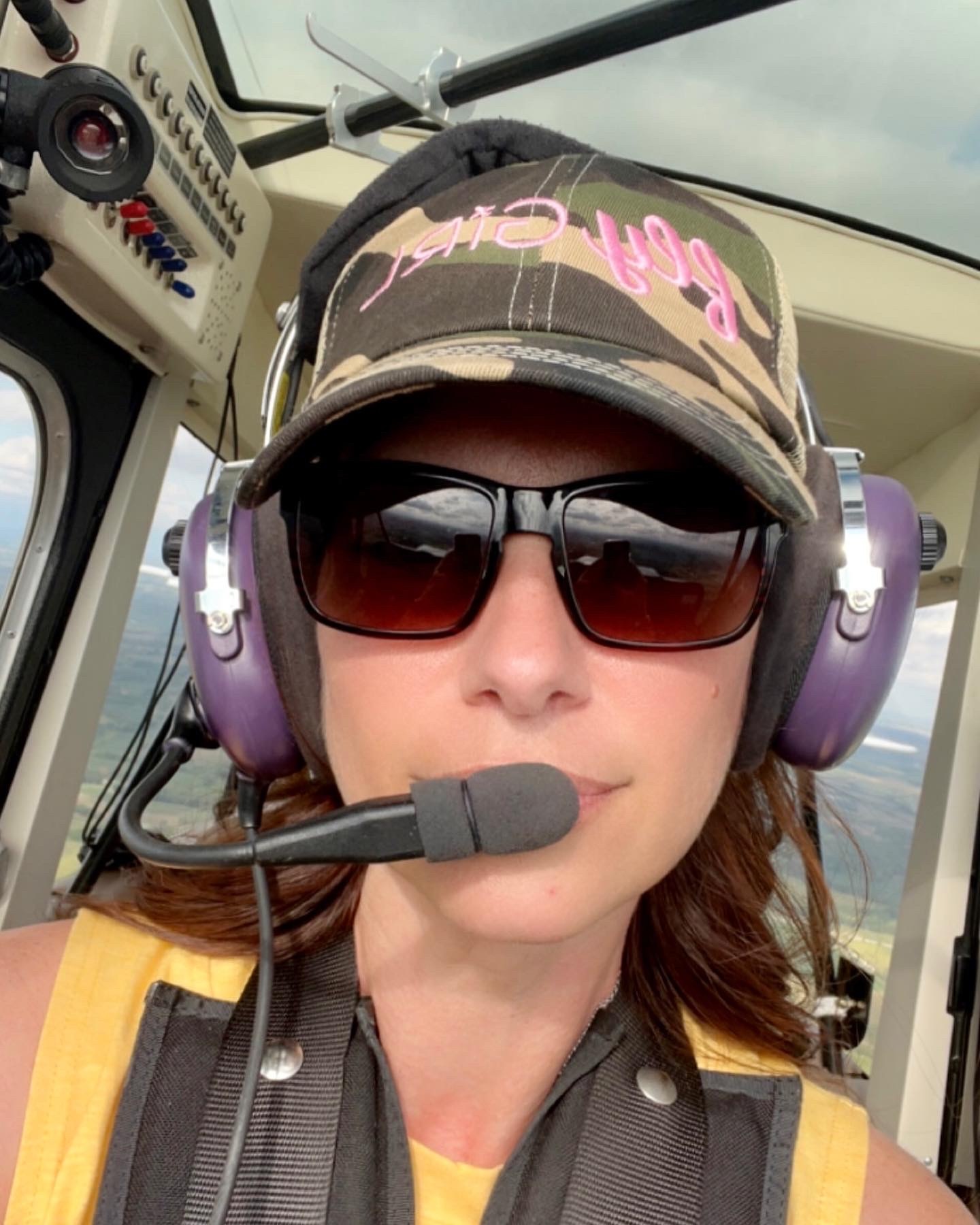
Karey grew up and obtained her in private pilot’s license in Central Iowa. She fell in love with tailwheel aircraft during her primary training and obtained a tailwheel endorsement the week following her private pilot checkride. She is eager to obtain her seaplane rating and is merging her passion for flying with her prior work career. Karey has a background in marketing, editing, and web design after graduating from Simpson College. When she is not flying or working, Karey enjoys anything related to technology and admits she can be a bit of a nerd. She also has discovered a love for virtually all outdoor pursuits, with a special fondness for climbing, shooting, and hiking.

Stay Connected
Be the very first to get notified when we publish new flying videos, free lessons, and special offers on our courses.





